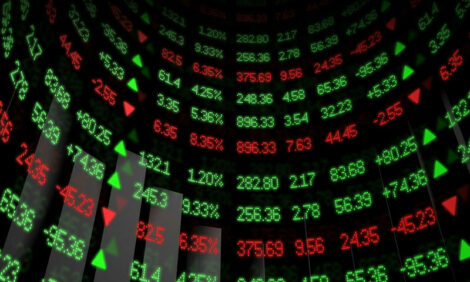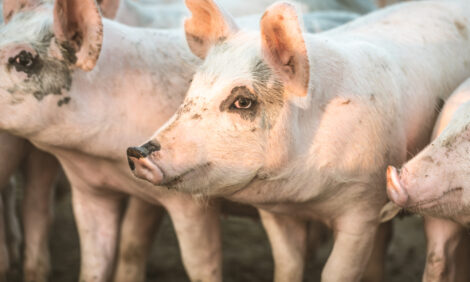



China's Food Problems Are Everybody's Food Problems
SOUTH KOREA - The Chinese people may be the world's top consumers of pork - they cook almost every meal with pork. But pork prices have been on the rise in China, increasing 29 percent over the past year. Consumer prices overall have risen three percent, with food items going up 7.1 percent on average.In May Chinese Premier Wen Jiabao visited a supermarket, where he admitted he was worried that rising food prices could lead to social unrest. Rising commodities prices played a role in driving many ordinary citizens to join the Tiananmen Square protests in 1989 that ended in the tragic massacre.
Pork prices are rising in China for two reasons. The first is the worldwide boom in ethanol. Many countries have turned to producing ethanol made from corn in an effort to stop global warming and cope with soaring oil prices. Twenty to 25 percent of all the corn grown in the U.S. is now being turned to ethanol, and that's putting pressure on supply, forcing up the consumer price of corn in the U.S. by 70 percent in six months. This phenomenon is happening around the world. The corn harvest in China was plentiful last year, but still prices have swollen 30 percent over the past nine months. And because pigs are fed on corn, pork prices have naturally gone up, too.
The second reason for the soaring price of pork in China is that with their income on the rise, more and more Chinese people have been taking extra helpings of meat. In 1985, the average Chinese person consumed 20 kg of meat, but that figure had doubled by 2000. In 1995, Lester Brown, founder of the US-based Worldwatch Institute, wrote the book "Who Will Feed China?" He pointed out that 7 kg of grain is needed to produce just 1 kg of beef. You can feed seven people with the grain it takes to produce enough beef for one person, he argued. Brown predicted that an inevitable food crisis would originate in China.
When cattle are raised on grain, most of the energy in the grain is wasted when the cattle walk, breathe, and defecate. According to biologists, more than 90 percent of the energy is wasted when photosynthates are consumed by herbivores and then by carnivores later in the food chain. Less than 10 percent of the energy consumed by cattle and pigs turns into muscle, bones, and flesh. Cattle are like machines that turn vegetable nutrients into animal protein, a machine that is very inefficient. When Chinese people consume inefficient meat, their energy consumption increases that much.
In essence, China is now under double pressure -- the scarcity of corn caused by the boom in ethanol production and the increase in grain consumption caused by dietary changes. Turning back those trends won't be easy. China is currently undergoing rapid industrialization and urbanization, with paddy and dry fields being filled and fewer people farming. China also happens to have a severe water problem. Since the 1970s, parts of the Huanghe or Yellow River have dried up several times and desertification has left large tracts of land barren. What all this indicates is that dramatically increasing the production of grain in China would be extremely hard to do.
Source: Chosun Ilbo







